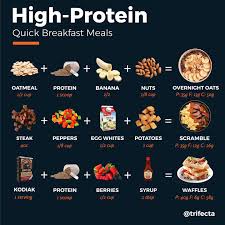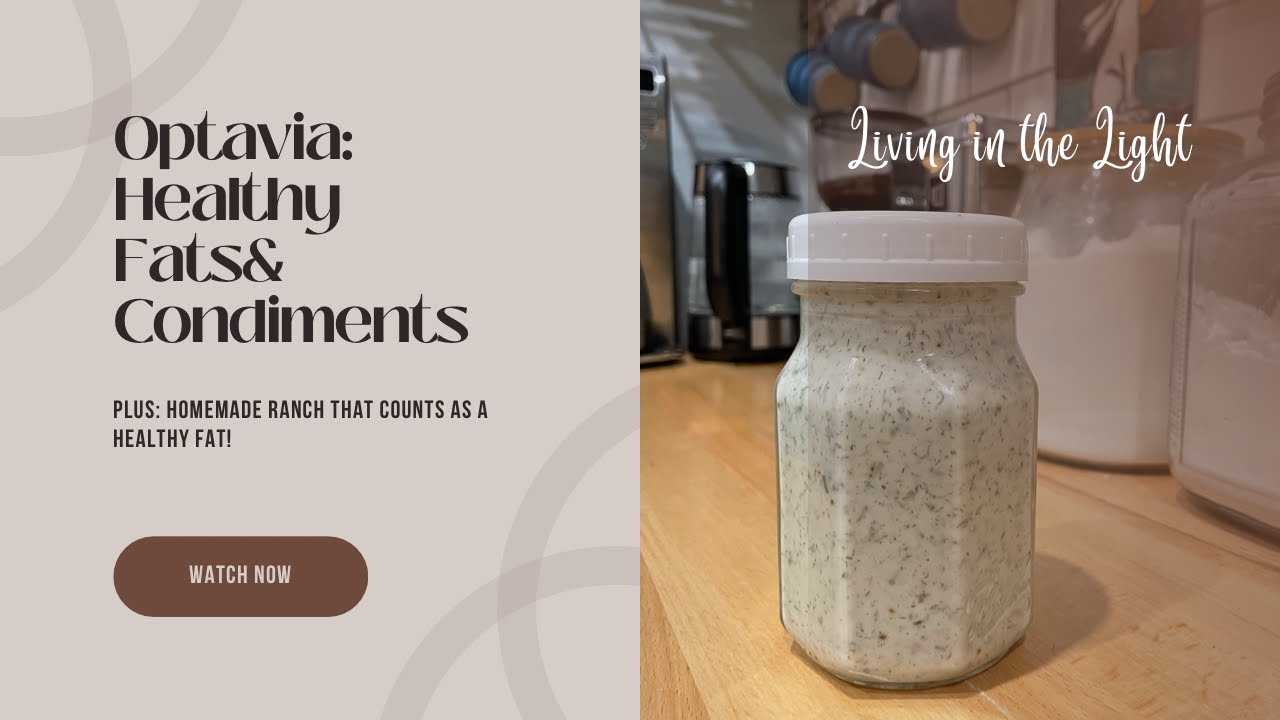
Knowing the nutritional value of food is crucial for good health. Overeating can cause weight gain and lead to health problems. Calories are energy that our bodies need to survive. Many factors affect the number of calories your body needs. The amount of calories that you need each day depends on your age, gender, level of physical activity, and diet. If you don't consume the right number of calories, your body will be unable to keep up with basic activities such as breathing.
There are many forms of calories in food. These calories can be found in a variety of forms, including carbohydrates, fats and proteins. Each ingredient can be found in different foods. An instant oatmeal contains 27 grams of carbohydrates, three grams of fat and five grams of protein. Instant oatmeal contains 155 calories.
Hidden sources of calories in food include pre-packaged meals, sugar-sweetened beverages (flavored drinks), and processed foods. A candy bar could have 100 calories or more. These hidden calories can add up quickly, and can cause obesity.

Some foods are considered "empty calories." These foods include cakes, bacon, and candy. These are foods with high caloric contents but not enough nutrients to properly support your body's functions. They are also associated with obesity and other health issues.
Food additives are another hidden source of calories. These additives add flavor and texture to food, but they also increase calories. Some additives include erythritol or lactitol. Each additive has a different amount of calories. Sorbitol, erythritol, and Lactitol each have 2.6 cal per gram.
Cooking oils can also add hidden calories to food. Small amounts of cooking oils are healthy. You can still eat too much oil in your cooking. Other than cooking oils, fat can also make you feel fuller and lead to obesity.
Another hidden source of calories is the additives in processed foods. These additives may be found in foods such as ready-to-eat meals, ready-to-serve foods, and take-out foods. These additives are often added to food products to enhance their flavor. These ingredients can add hundreds of calories to a day.

Focusing on ingredients' macronutrients is a great way to identify calories. Each gram contains different amounts of calories, with fats and carbohydrates having different numbers. For example, protein has four calories per grams while carbohydrates have nine calories. The 4-4-9 method shows that fats, carbohydrates, and proteins each have four, nine, or four calories, respectively.
One kilocalorie (kcal) is the amount of energy required to heat one kilogram of water by one degree Celsius. Usually, the nutritional information on food packaging will state how many calories it contains.
FAQ
What is The 40 30 30 Diet?
The 403030 diet plan is easy to follow and will help you lose weight quickly. This program employs three powerful strategies to create a healthy lifestyle that allows you to burn more fat and keeps your hunger under control.
This program offers:
-
You can keep a detailed food journal that will allow you to track your daily calorie intake as well as identify hidden foods that may be hindering your efforts.
-
An exercise routine that combines strength training with cardio exercises to boost metabolism and reduce body fat.
-
Your individual nutrition plan is based on your results.
You will also receive weekly emails with motivational and tips to help you continue your journey to better health.
There's nothing to lose other than unwanted pounds.
How much food should I eat each and every day?
Calorie requirements vary depending on gender, age, activity level, size, health status, and other factors.
Generally speaking, adults require between 1,200 and 1,800 calories per day to maintain their current weight.
Calories can be obtained from carbohydrates (starchy food), protein, or fat.
Carbohydrates include glucose, fructose (sugar), and sucrose. Glucose is our primary source of energy. Fructose adds energy to the brains and nervous systems. Sucrose has both glucose and fructose which makes it easier to digest.
Protein is important for building muscle mass and repairing damaged tissues. You can find protein in meat, poultry eggs, eggs, milk and cheese as well as in yogurt, soybeans, legumes and soybeans.
Good health is dependent on fat. Fat is essential for maintaining good health. It keeps you fuller longer, provides vitamins and minerals like vitamins A, E and D and K, as well as omega-6 fatty acids and monounsaturated oils.
The fat also protects against many types of cancer, such as high cholesterol and cardiovascular disease.
Experts recommend consuming no more that 30% of your total calories from saturated oils.
However, there is no evidence to suggest that decreasing saturated fat will decrease your risk of developing coronary disease.
Healthy diets should have 20-35% of daily calories from carbs, 10%-35% for protein, and 35%-50% for fat.
What is the best drink for health?
If we look for the most healthy drink in the world, we find out that there isn't any. Although some drinks are more healthy than water they are not the best.
It is simple: the best drink is the one that you love. So when we ask ourselves, 'what is the healthiest drink' we mean, 'which is my favorite drink.'
This means that it is not surprising that there are many variations depending on where you live. Even within a country, the answer can be very different.
In Japan, green tea is the top choice, while New Zealand prefers coffee. In India, milkshakes are popular, whereas in Australia, beer reigns supreme.
In the end, it doesn’t really matter what healthiest drink you choose because everyone has their/her own preference.
It is important to know if the drink is healthy. However, each person's definition of healthy is different.
A glass of wine may be unhealthy for someone, but it might be perfectly fine for another. One glass of red wine mixed with a slice cake can be harmful, but the same thing could be good for another.
There is no universal definition or standard for what healthiness means. Even more important, there is no universally accepted method to measure healthiness.
We cannot therefore say that one drink tastes better than the other. You cannot make such an assertion without knowing the amount of alcohol in each drink.
And even if we knew, we would still have a problem because the amount of alcohol depends on the type of alcohol consumed. For instance, a white wine contains far fewer calories than a red wine.
We can't compare beverages based on their calories, so we can't say that one beverage is better than the other.
One way to determine the percentage of alcohol in each drink is to create a formula. But, it would only account for the alcohol amount and not its composition.
Even if we could, we still would need to know the exact composition. This information is not always available.
For example, some restaurants don't disclose the ingredients of their food. Some people don't wish others to know the exact ingredients of their food.
The bottom line is, however, that we cannot determine which drink will be healthier.
What are the 5 key ingredients to a healthy eating lifestyle?
You might have heard the phrase "You are what is in your stomach." A healthy diet is made up of five key components.
These include eating plenty fruits and vegetables, avoiding processed foods and drinking lots of water.
These three essential elements are vital for your overall health. The last two are crucial for weight control.
Consider including these nutrients in your daily diet to ensure you are getting enough.
A variety of fresh produce including fruits, leafy and whole grains should be included in your diet. These foods are high in vitamins A, C,, andE, which can help protect against both heart disease as well as cancer.
Avoid processed foods, especially those that contain artificial ingredients or preservatives. This includes soft drinks, candy bars, cookies, and chips.
8 glasses of water a day is essential to maintain your body's hydration.
Healthy living is dependent on exercise. If you do not exercise, you risk developing obesity-related diseases such as diabetes, heart disease, and stroke.
Reduce your alcohol consumption. Limit your intake of alcohol. It can raise blood pressure, cause headaches, or contribute to liver disease.
If you follow this advice, you will be well on your way to a healthier life.
How does a vegan diet differ from other diets?
A vegan diet is different than other diets as it does not contain any meat, dairy or eggs. It excludes animal products. Vegans can therefore avoid milk, cheese, and butter.
A vegan diet is different from other types of veganism in that they don't eat meat, poultry, or dairy products. This is why vegans are sometimes called vegetarians.
Vegans also avoid consuming honey, gelatin, leather, wool, silk, feathers, fur, cosmetics tested on animals, and most processed foods.
Veganism is an ethical diet based on compassion for animals, and concern for sustainability. Veganism is opposed to animal products. It rejects factory farming and the harm done to animals by using hormones and antibiotics during slaughter.
Veganism advocates vegetarianism. This involves reducing animal flesh and secretions rather than eliminating them.
Vegans tend to eat a plant-based diet. However, they do consume some seafood such as nutritional supplements and fruits and vegetables.
Vegans are sometimes called vegetarians because they avoid meat, fish, or poultry. Although technically speaking, vegans should avoid all animal products, including dairy and eggs, the term vegan has become commonly associated with those who exclusively avoid these three categories.
Vegans are those who eat less than 5 ounces (or 1/4 pound) of meat per week.
Some vegans may include eggs and dairy products in their diets to get sufficient protein intake, but this is not common practice.
Lactoovo vegetarians avoid meat and eat dairy products. They also eat some poultry, fish, shellfish, and insects. They may be considered flexitarians in regards to meat, but they strictly follow the vegetarian lifestyle.
Ovo-lacto vegans eat eggs and dairy products, while avoiding red meat. They might also eat fish, shellfish, and poultry.
Pescatarians eat fish and are vegetarians. Pescatarians must be mindful of their cholesterol levels as fish can have high amounts of fat. They will eat only low-fat or unfried varieties of fish.
Vegans can be further divided into two groups: strict and flexible. Strict vegans forgo all animal products, except eggs and dairy. Flexible vegans limit how many animal products they consume. They may eat only one egg or opt for skimmed milk.
A growing number of health-conscious consumers are turning to plant-based diets for weight loss, diabetes management, heart disease prevention, and longer life expectancy. The number of Americans following a vegan diet jumped by 50% between 2007 and 2010. According to industry estimates, the number of vegans in America had reached 2.5 million by 2016.
What is the best diet to lose weight?
The most effective way to lose weight is to eat fewer calories than you burn daily. This means eating smaller meals more frequently during the day.
You can reduce calorie intake by cutting back on foods that contain added sugars and fats. Healthy food such as fruits and vegetables, lean meats or whole grains, low-fat milk products, nuts, beans and seeds can help you achieve your goals.
Eating healthier helps prevent heart disease, type 2 diabetes, cancer, osteoporosis, and other health problems.
For extra nutrients, you can take vitamins like vitamin D, calcium and magnesium, iron, omega-3 fat acids, and probiotics.
Intermittent fasting is the best way to lose weight fast. Intermittent fasting is a method of eating where you only eat during certain times of the day.
People who follow this method typically eat five meals per week, with one meal at night. The rest of the meals are spread across the day.
This technique makes it less likely that people will feel hungry as their bodies won't adjust to eating so much.
Statistics
- *Note: The 2020-2025 Dietary Guidelines for Americans recommend limiting saturated fat to less than 10% of total daily calories. (mayoclinic.org)
- For example, a review of 45 studies found that people who followed a WW diet lost 2.6% more weight than people who received standard counseling (26Trusted Source (healthline.com)
- Trim fat off meat or choose lean meats with less than 10% fat. (mayoclinic.org)
- In a review of studies, intermittent fasting was shown to cause 0.8–13% weight loss over 2 weeks to 1 year. (healthline.com)
External Links
How To
What is the most simple diet you could follow?
A diet that only consists of fresh vegetables and fruits is the best way to eat. There are many other aspects to life than food.
Although you may not be aware of it, you have many things going for you. Your mind and your body are capable of amazing feats.
But if you let them go to waste, they'll do nothing for you. Make sure you have all the tools necessary to succeed.
It is easiest to quit eating junk food. This means avoiding processed foods and refined sugars.
Focus instead on whole grains and fruits and vegetables. These are the building blocks for a healthy lifestyle.
A lot of information is available regarding nutrition. You can find information in books, websites, and apps about how to maintain a healthy diet.
These resources will assist you in making the right decision about what to eat.
Remember, nutrition is not just about what goes into your mouth. It's also what goes on in your head.
Healthy mindsets help you stay motivated and focused. This is essential because it helps you avoid falling for temptations like unhealthy food.
Think of it like a workout routine. Exercise regularly and you won't reach to the chip bag after dinner.
When you train your mind and body, you create a habit that will stick with you forever.
This is exactly why diets don't work. They don't last long because people revert to their old habits.
Once you start living a healthier lifestyle, you'll be surprised at how easy it becomes.
These empty calories will no longer be a reason to feel guilty or deprived. Instead, you will feel full of energy and energized.